Shop > Apple Trees > Cooking apples
Cooking apples
Some of these are ‘dual-purpose’, which means they’re good to eat too!
Bare root:
A large cooking apple that stores well and mellows into a sharp but flavoursome dessert apple in winter.
Type: Dual-purpose
Season: October-March
Pollination: Partially self-fertile. Pollination group D
A popular heavy-cropping dual-purpose variety from Scotland. Red flush stripes over pale green with a creamy white flesh. Excellent refreshing flavour and a reliable cropper.
Type: Dessert/Culinary
Season: September-October
Pollination: Partially self-fertile. Pollination group C
An old Yorkshire cooking apple. Medium sized, flat-round and green, it cooks down to a pleasant flavour and soft, juicy texture.
Type: Culinary
Season: October - December
Pollination: Group C, Self-sterile triploid
The definitive English cooking apple. This vigorous tree produces large, flat fruit with a vivid green skin and acidic white flesh that cooks down to a smooth puree. Stores well.
Type: Culinary
Season: October-March
Pollination: Self-sterile. Triploid (can’t pollinate others). Pollination group D
*indicates a tree grown at another nursery for resale.
A mid-season, heavy-cropping culinary apple with a light, sweet, juicy flavour. With a more compact growth habit, it is a good alternative to Bramley for growing in a garden.
Type: Culinary
Season: September-November
Pollination: Self-sterile. Pollination group C
A popular dual-purpose variety. A vigorous and hardy tree that produces an abundance of distinctive nutty flavoured fruit.
Type: Dessert/Culinary
Season: September-November
Pollination: Self-sterile. Triploid (can’t pollinate others). Pollination group D
A late season dual-purpose variety with a strong, rich aromatic flavour. The blossom and fruit are both very attractive.
Type: Dessert/Culinary
Season: October-March
Pollination: Self-sterile, pollination group D
An old green russeted apple with a distinctive aromatic flavour. Also great for cooking, juicing and cider making. Stores well.
Type: Dessert/Culinary/Cider
Season: October-February
Pollination: Self-sterile. Triploid (can’t pollinate others). Pollination group D
One of the best early cookers, perfect for making baked apple and apple sauce. Produces beautiful pink blossom.
Type: Culinary
Season: September-November
Pollination: Partially self-fertile. Pollination group C
An exceptionally large and attractive culinary apple that is quite sweet and keeps its shape when cooked. Vigorous grower and heavy cropper.
Type: Culinary
Season: Oct-Mar
Pollination: Partially self-fertile. Pollination group C
Scottish culinary variety that cooks to a sharp puree.
Type: Culinary
Season: October-January
Pollination: Self-sterile. Pollination group C
Potted
A very hardy, heavy cropping late season cooking apple. Cooks to a sharp, fruity white puree.
Type: Culinary
Season: October-January
Pollination: Self-sterile. Pollination group C
An exceptionally large and attractive culinary apple that is quite sweet and keeps its shape when cooked. Vigorous grower and heavy cropper.
Type: Culinary
Season: Oct-Mar
Pollination: Partially self-fertile. Pollination group C
One of the best early cookers, perfect for making baked apple and apple sauce. Produces beautiful pink blossom.
Type: Culinary
Season: September-November
Pollination: Partially self-fertile. Pollination group C
A late dessert apple that stores well. Of a conical shape, flushed crimon with an excellent crisp flavour.
Type: Dessert
Season: October-March
Pollination: Self-sterile. Pollination group C
A late keeping cooking variety with firm, fine flesh and an acid flavour.
Type: Culinary
Season: September
An early season, heavy cropping cooking apple. The fruit is sweet with white flesh..
Type: Culinary
Season: August
Pollination: Self-sterile, pollination group C
A good cooking apple, round-conical in shape. Keeps some of its shape when cooked and suitable for growing in northern Britain.
Type: Culinary
Season: October-December
Pollination: Partially self-fertile. Pollination group D
A large, pale green-yellow cooking apple originating from Scotland. Tender, juicy and sweet-sharp when cooked.
Type: Culinary
Season: Seo-Oct
Pollination: Self-sterile. Pollination group C
A very versatile apple that is a good and reliable cropper. Flesh is crisp and juicy. Listed as a cooking variety, it is often eaten as dessert and useful for making cider. Very resistant to scab.
Type: Dual Purpose
Season: August - December
Fertility: Self-sterile Triploid. Pollination group C
A traditional early season cooking apple with a long, rather squashed shape and pale green-yellow colour. Can be eaten fresh when ripe.
Type: Culinary
Season: August-September
Pollination: Partially self-fertile. Pollination group B
A popular heavy-cropping dual-purpose variety from Scotland. Red flush stripes over pale green with a creamy white flesh. Excellent refreshing flavour and a reliable cropper.
Type: Dessert/Culinary
Season: September-October
Pollination: Partially self-fertile. Pollination group C
A rare dual-purpose variety named after the founder of the Quaker movement. Produces large yellow pink-speckled fruit.
Type: Dessert/Culinary
Season: November-April
Pollination: Partially self-fertile. Pollination group B
A very old variety of apple with an unusual shape, as suggested by the name. A cooking apple, it is juicy with a sharp flavour and cooks down to a puree.
Type: Culinary
Season: October-January
Pollination: Self-sterile triploid (can't pollinate others). Pollination group C.
The definitive English cooking apple. This vigorous tree produces large, flat fruit with a vivid green skin and acidic white flesh that cooks down to a smooth puree. Stores well.
Type: Culinary
Season: October-March
Pollination: Self-sterile. Triploid (can’t pollinate others). Pollination group D
A mid-season, heavy-cropping culinary apple with a light, sweet, juicy flavour.
Type: Culinary
Season: September-November
Pollination: Self-sterile. Pollination group C
A popular dual-purpose variety. A vigorous and hardy tree that produces an abundance of distinctive nutty flavoured fruit.
Type: Dessert/Culinary
Season: September-November
Pollination: Self-sterile. Triploid (can’t pollinate others). Pollination group D
An old green russeted apple with a distinctive aromatic flavour. Also great for cooking, juicing and cider making. Stores well.
Type: Dessert/Culinary/Cider
Season: October-February
Pollination: Self-sterile. Triploid (can’t pollinate others). Pollination group D
A late-season, heavy-cropping, culinary apple with a sweet, light flavour and white flesh which keeps its shape when cooked. Stores well.
Type: Culinary
Season: October-April
Pollination: Partially self-fertile. Pollination group E
Scottish culinary variety that cooks to a sharp puree.
Type: Culinary
Season: October-January
Pollination: Self-sterile. Pollination group C
Delivery, Collection and FAQs
-
We deliver bare root trees (dispatched Nov-Apr) but not potted trees. Potted trees are collection only from Leeds (or we can deliver locally by arrangement).
-
See our Delivery & Collection Info page for up-to-date delivery rates.
-
Yes, you can collect your order from Kirkstall, Leeds. We send the full details when you place your order.
-
This varies, but broadly speaking trees classified as Small are 3-4ft and 1 year old. Trees classified as Large are 4-6ft. are 2-3 years old and have some established branches.


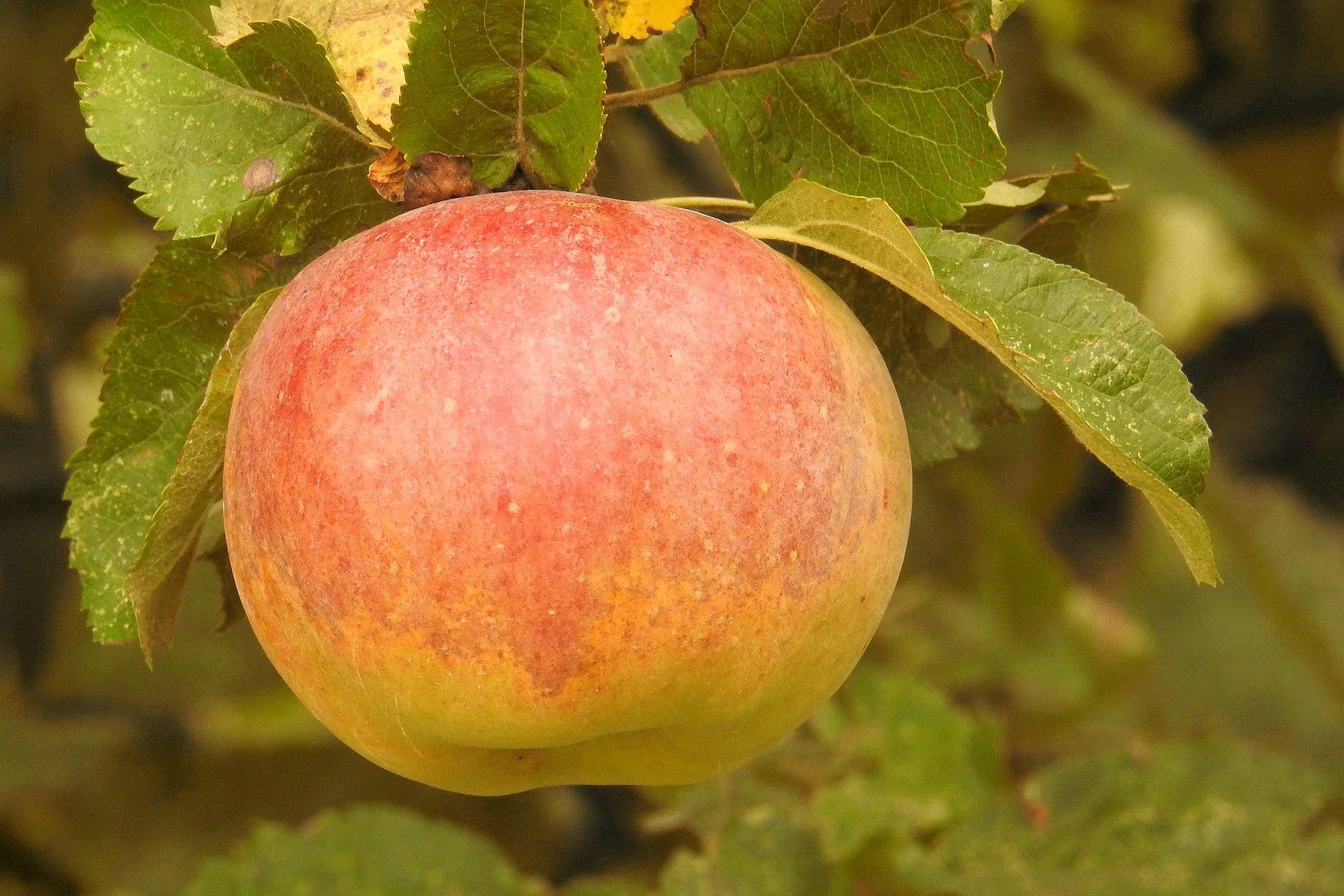

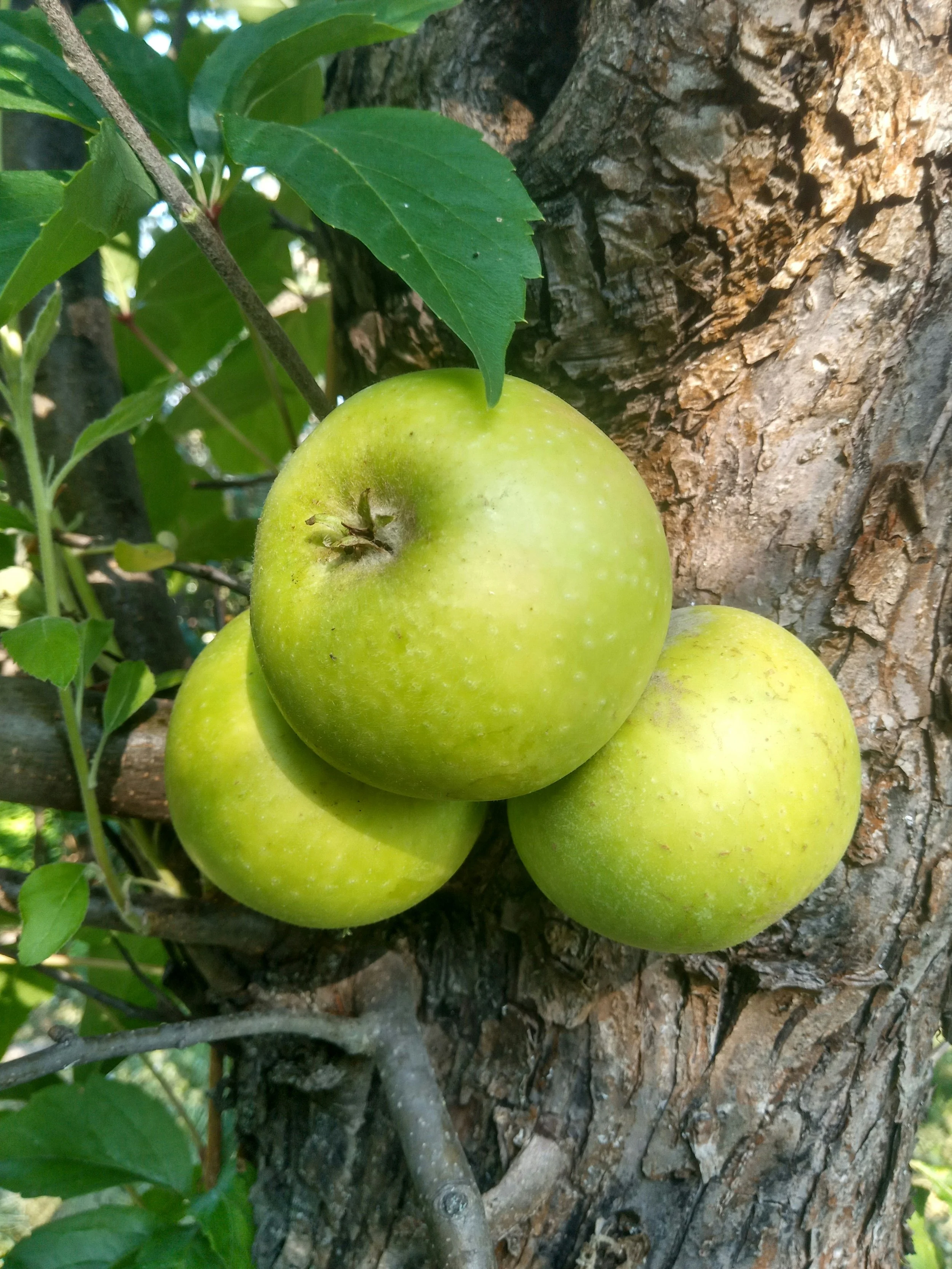
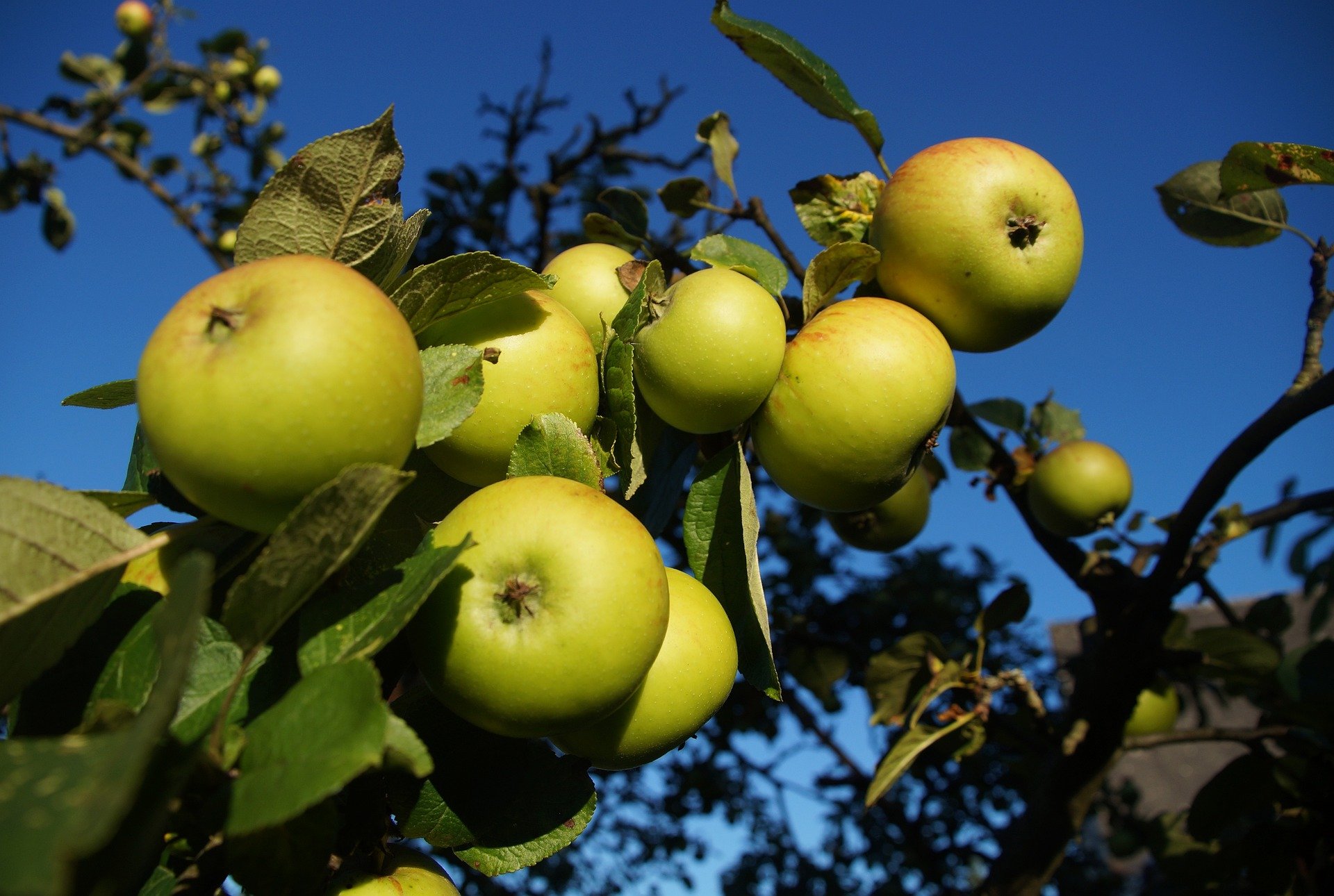


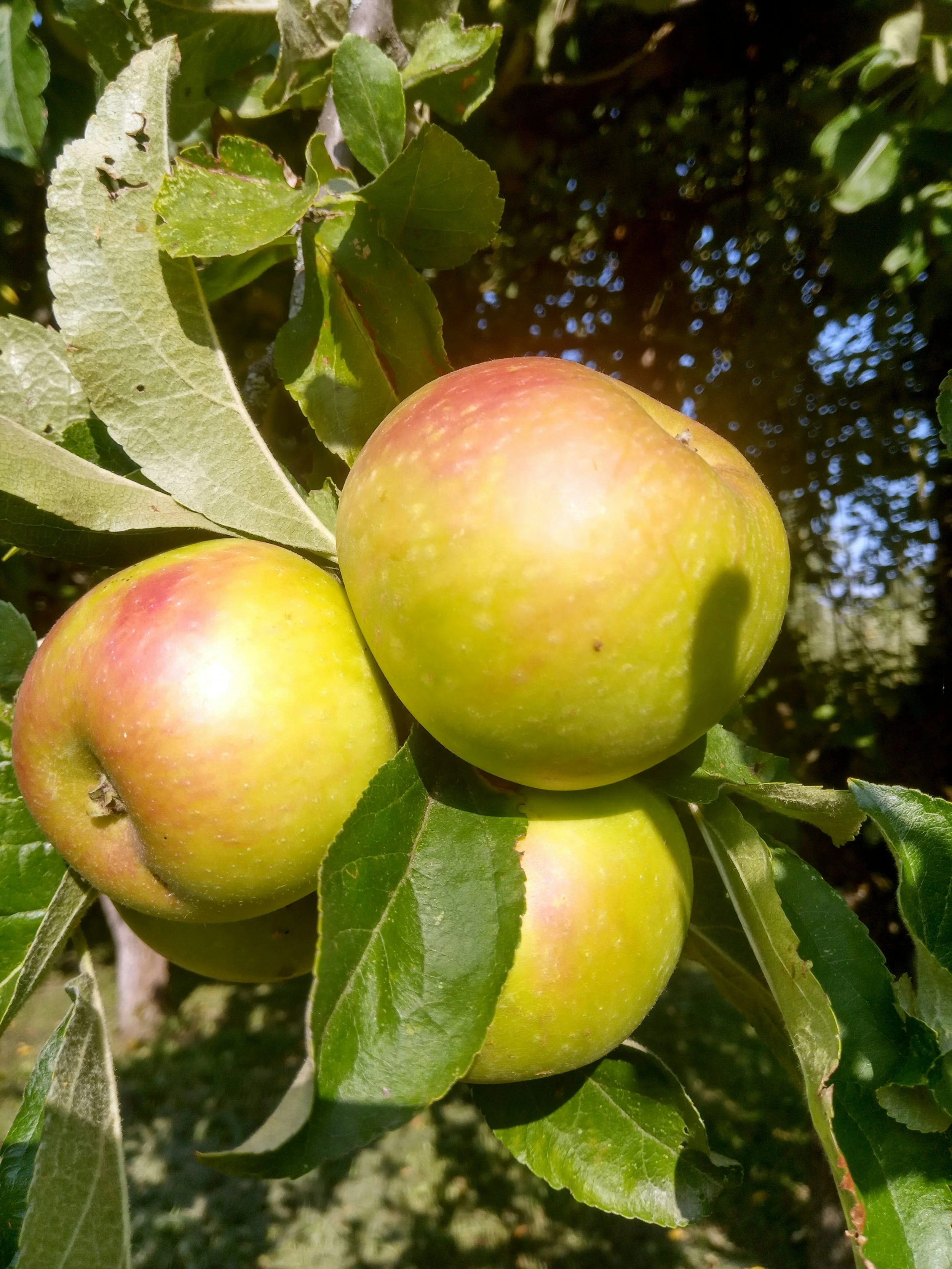


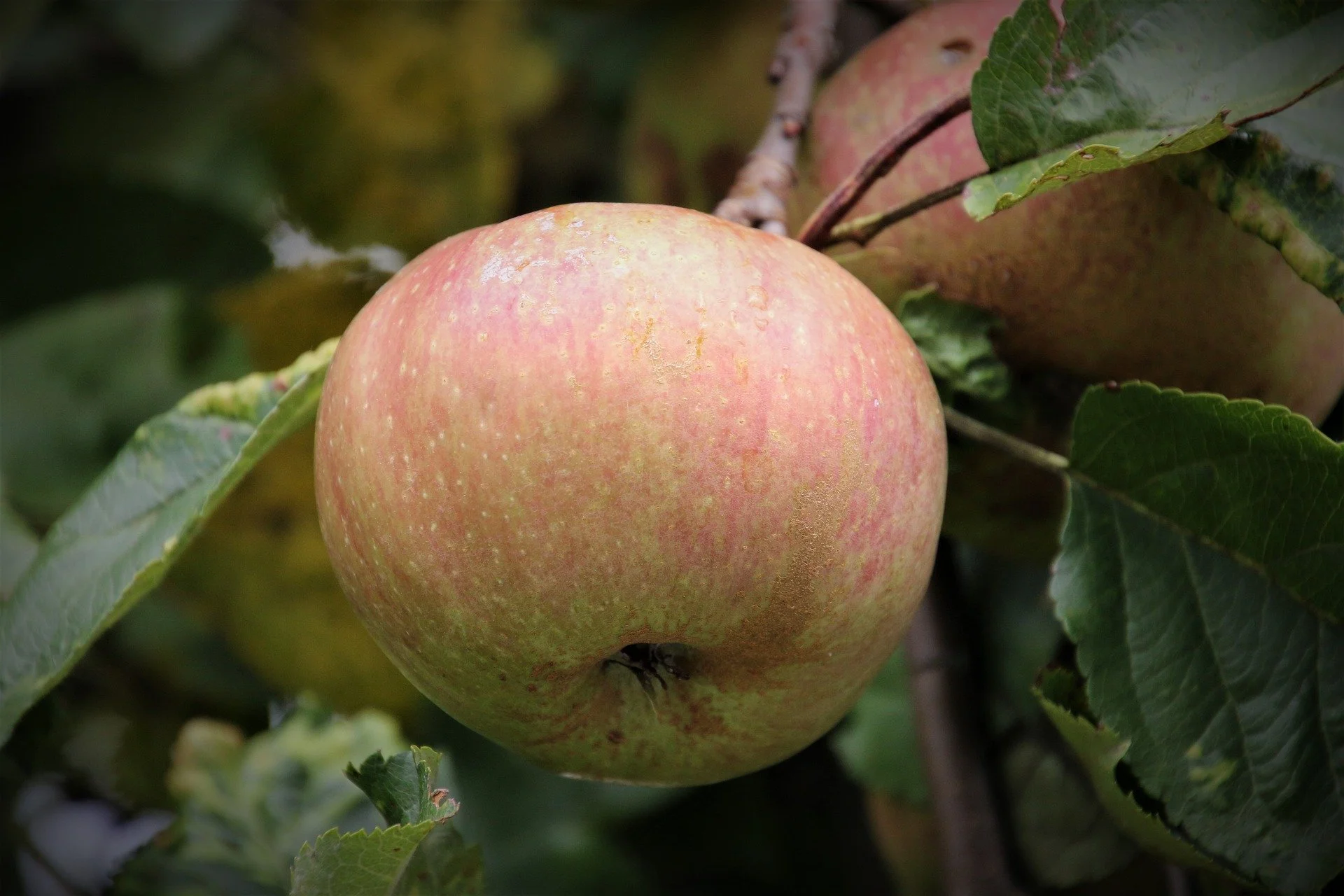









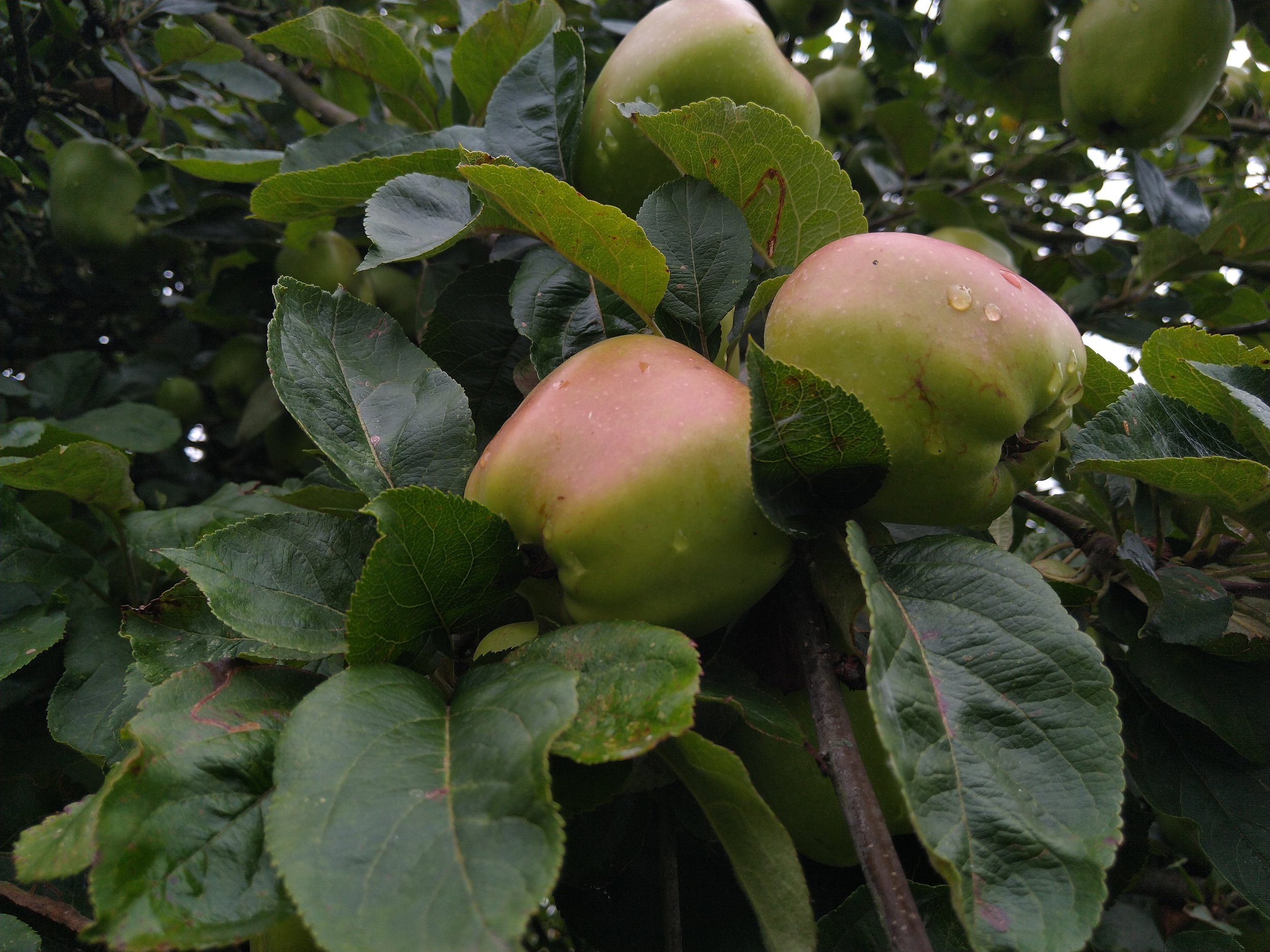






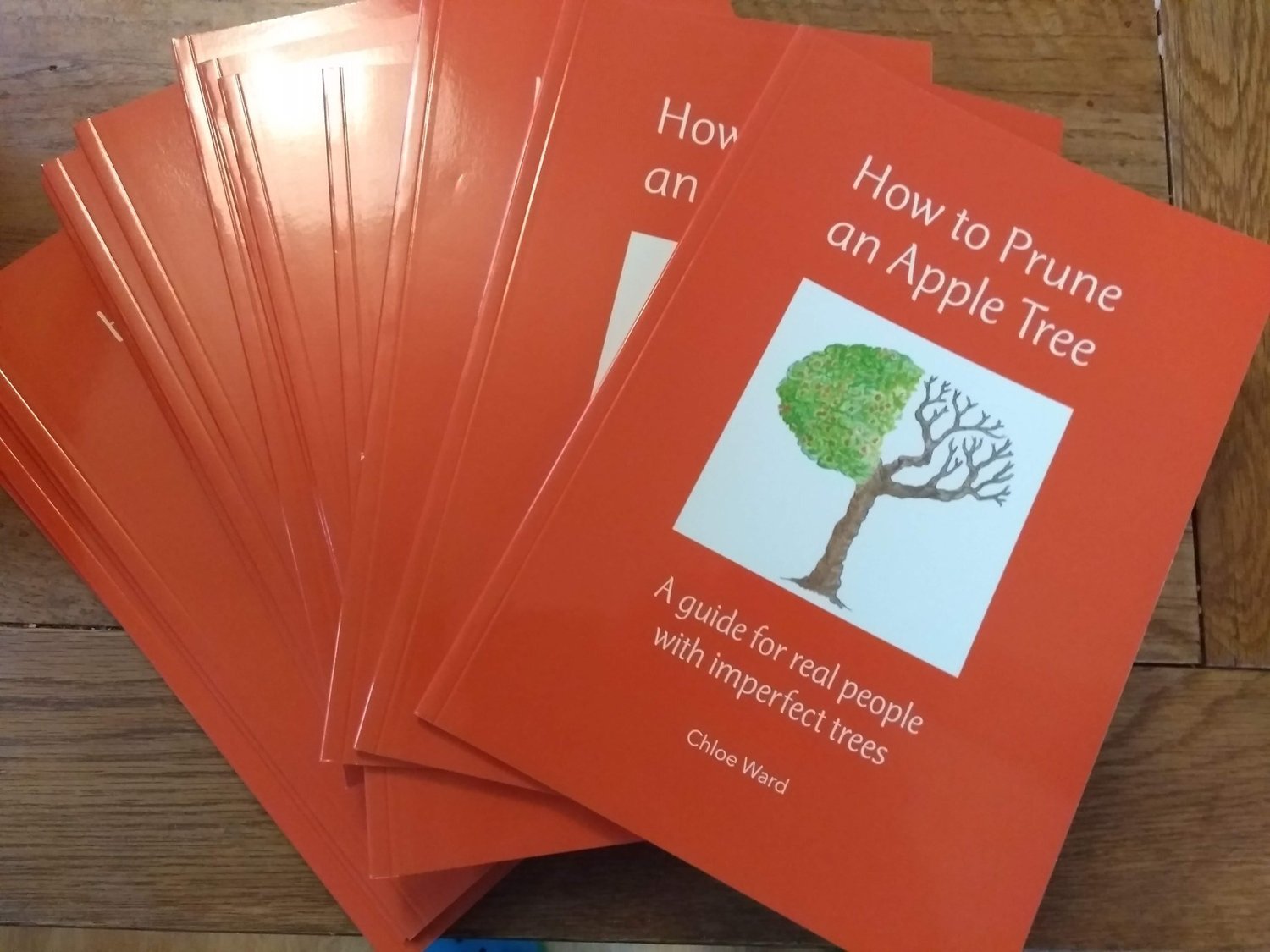
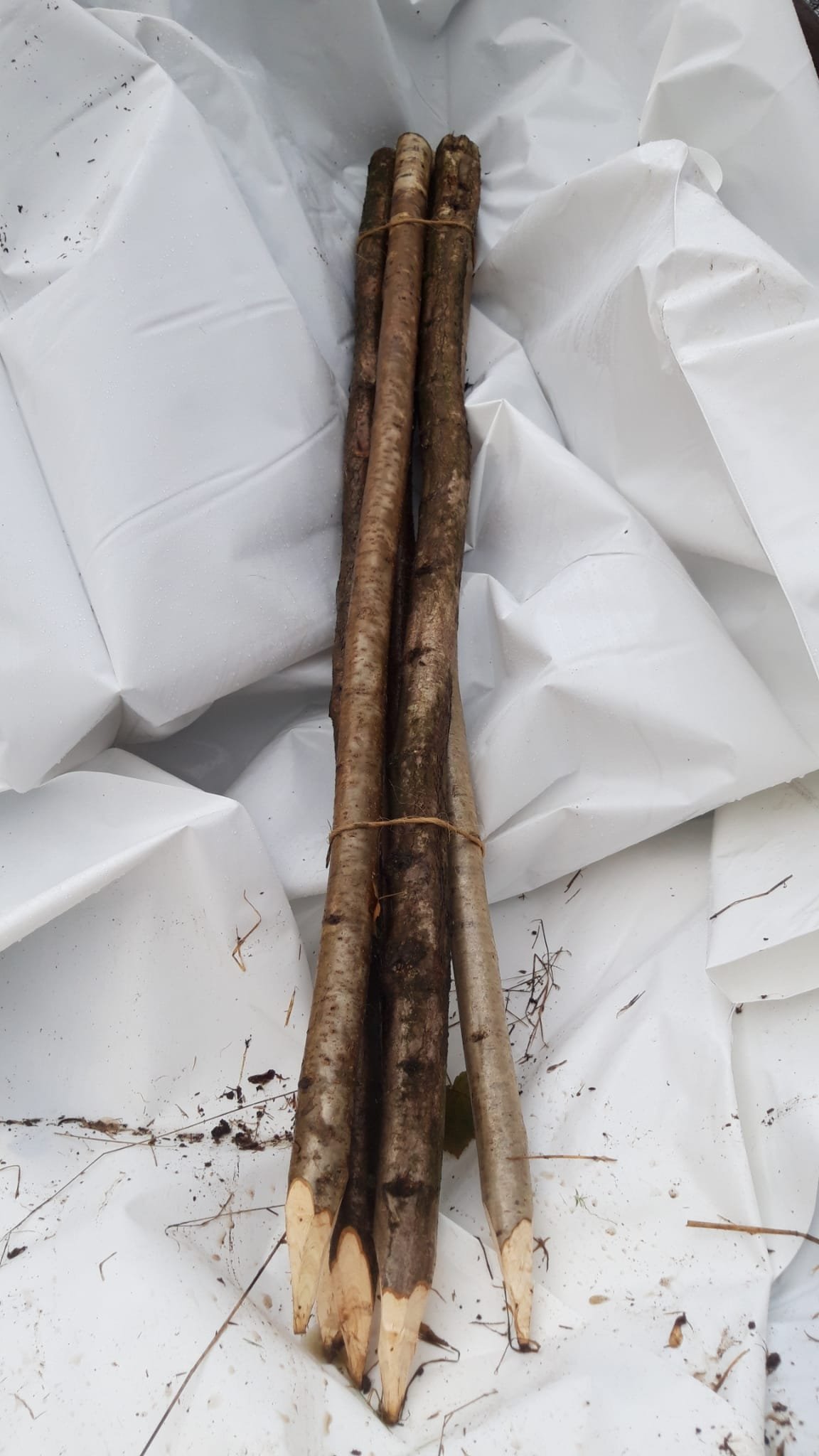
A very old variety of apple with an unusual shape, as suggested by the name. A cooking apple, it is juicy with a sharp flavour and cooks down to a puree.
Type: Culinary
Season: Oct-Jan
Pollination: Self-sterile. Triploid (can’t pollinate others). Pollination group C